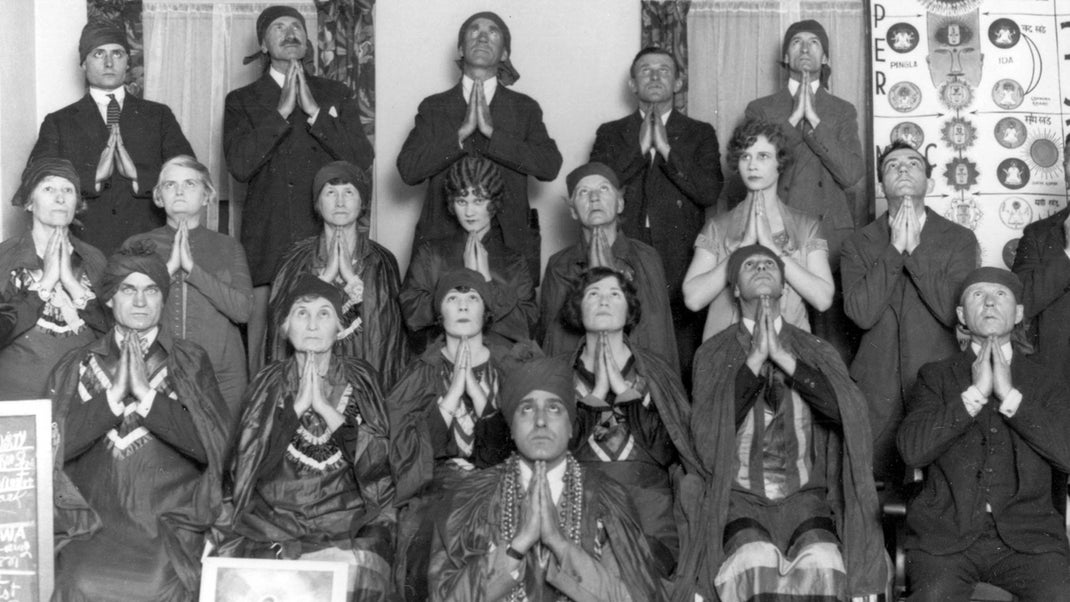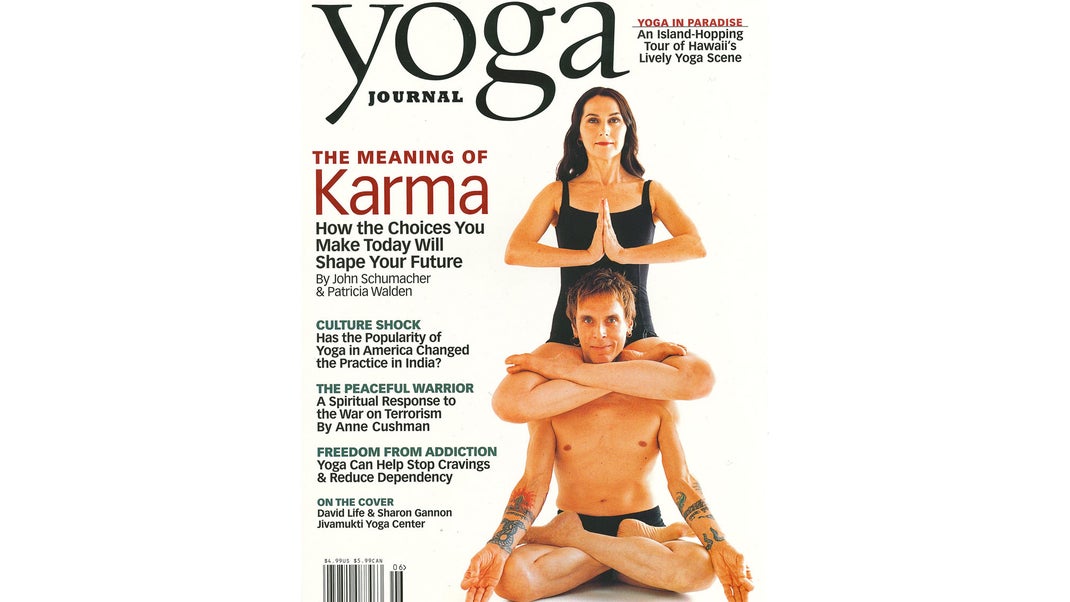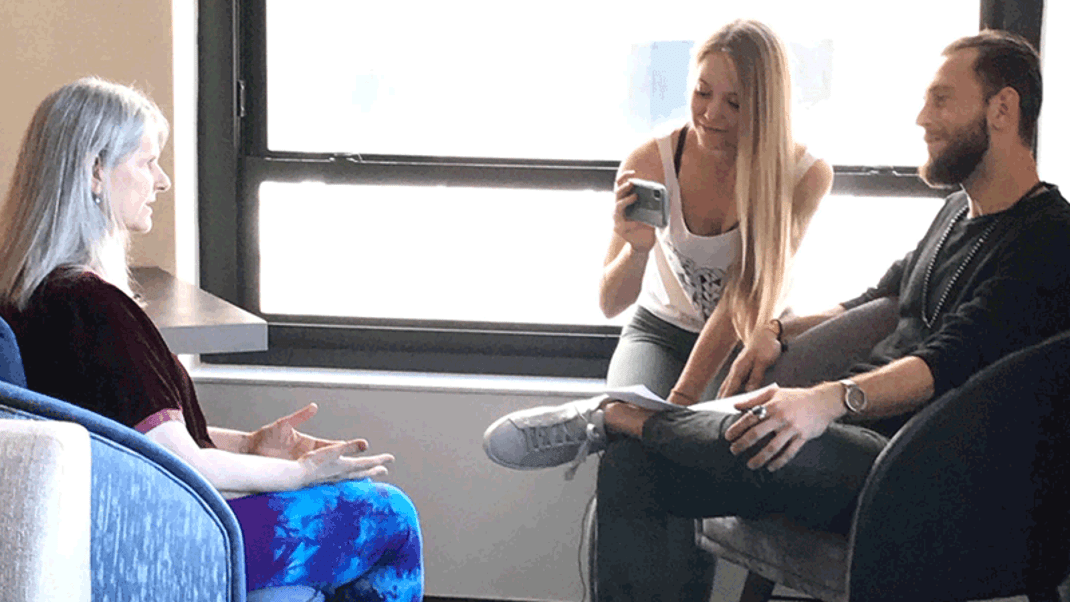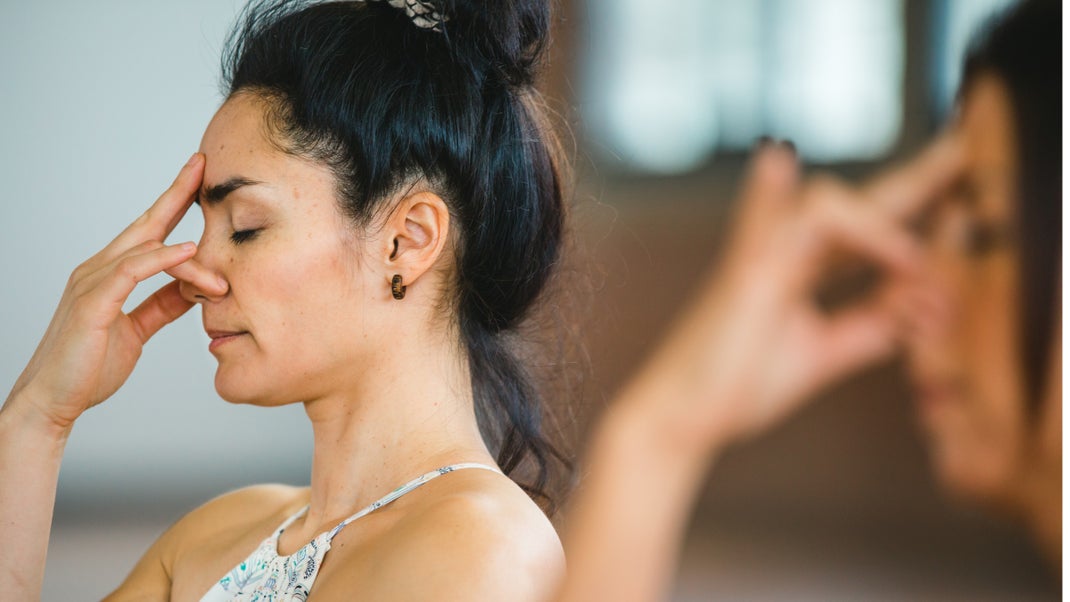In the article 7 Forgotten Early Yoga Teachers in America with Stories, You’ll Want to Hear, we explore 7 early yoga teachers from America that you probably never heard of. These people have one thing in common: they were forgotten by history and their stories deserve to be told.
Histories of yoga in America usually start in earnest with the 1960s, when it is imagined that loosened immigration laws allowed swamis and gurus to come from India in large numbers and find a receptive audience with the seekers of the hippie counterculture. But yoga enjoyed a robust and vibrant presence in the United States as early as the late 19th century. In fact, dozens of teachers with remarkable backgrounds taught yoga in the early 20th century, and they upend much of what we would assume about yoga and early yoga teachers in America.
There was the little consensus at the time about what “yoga” meant. Encompassing philosophy, psychology, fortune-telling, diet, physical exercise, and magic, practicing yoga could mean anything from breathing exercises and postures to visualization and the development of psychic powers. With few South Asians present and meager knowledge about India, many people, including a large number of Indian immigrants of various backgrounds who worked around the discriminatory laws and policies of the day, found it easy to reinvent themselves as Indian yogis and spiritual teachers in the U.S. For the most part, they traveled across the country from one city to the next giving public lectures and smaller private courses of instruction to interested students. Often, these lectures and classes led to one-on-one sessions between teacher and student that took the form of everything from counseling and healing to fortune-telling and psychic readings.
As more attention is being given to the first chapters of American yoga’s history, biographies of several early teachers such as Pierre Bernard (AKA the Omnipotent Oom) and Indra Devi have been written in recent years. But there are many other remarkable teachers from this period worth knowing. Here are seven stories you’ll want to read.
1. Rishi Singh Grewal
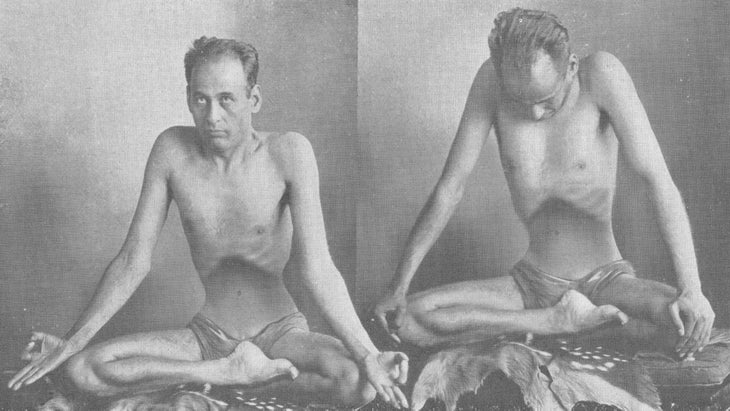
Rishi Singh Grewal was one of the first Indian teachers of physical, posture-based yoga in the United States. In his lectures and publications, Gherwal was also a passionate advocate for Indian independence and the teachings of Mahatma Gandhi and Rabindranath Tagore. His greatest political battle, however, was personal. When the Supreme Court ruled in 1923 that South Asians were ineligible for citizenship, Gherwal’s immigration status hung in the balance. He then personally lobbied senators in Washington during the day while lecturing on yoga at a nearby hotel in the evenings, eventually securing an individual exemption that allowed him to successfully appeal for his citizenship. Toward the end of his life, Gherwal founded a yoga center in the foothills of Santa Barbara, California. Passed on to his German student Ernst Haeckel and then to Ganga White and Tracy Rich in the 1980s, the space is now known as the White Lotus Foundation, a vibrant center of yoga teaching and practice.
2. Sant Ram Mandal
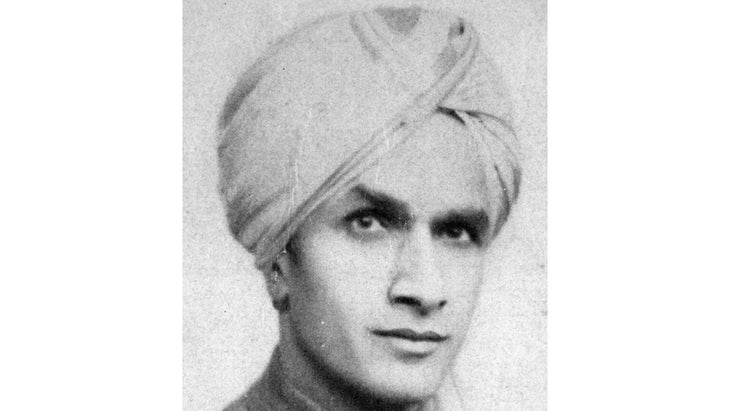 Allegedly sent to the United States on a government scholarship for young talented students from India, Sant Ram Mandal went to high school in Oakland, California, and graduated with a Master’s degree in mathematics from the University of California at Berkeley in 1922. Instead of pursuing a career in the sciences, he taught “Mystic Psychology” as “Yogi Sant Rama” around the Bay Area and then Los Angeles for the next decade. He taught his students a combination of yogic asanas (he was once photographed for a newspaper performing postures in leopard-print briefs), Spiritualist séances, psychic readings, and astrological forecasts. In the mid-1930s, Mandal relocated to New York City and continued at a Midtown Manhattan office with considerable success for the next three decades. When he died suddenly in 1962, the New York Times eulogized Sant Ram Mandal as “Broadway’s Hindu Astrologer.”
Allegedly sent to the United States on a government scholarship for young talented students from India, Sant Ram Mandal went to high school in Oakland, California, and graduated with a Master’s degree in mathematics from the University of California at Berkeley in 1922. Instead of pursuing a career in the sciences, he taught “Mystic Psychology” as “Yogi Sant Rama” around the Bay Area and then Los Angeles for the next decade. He taught his students a combination of yogic asanas (he was once photographed for a newspaper performing postures in leopard-print briefs), Spiritualist séances, psychic readings, and astrological forecasts. In the mid-1930s, Mandal relocated to New York City and continued at a Midtown Manhattan office with considerable success for the next three decades. When he died suddenly in 1962, the New York Times eulogized Sant Ram Mandal as “Broadway’s Hindu Astrologer.”
3. Princess Ganesa
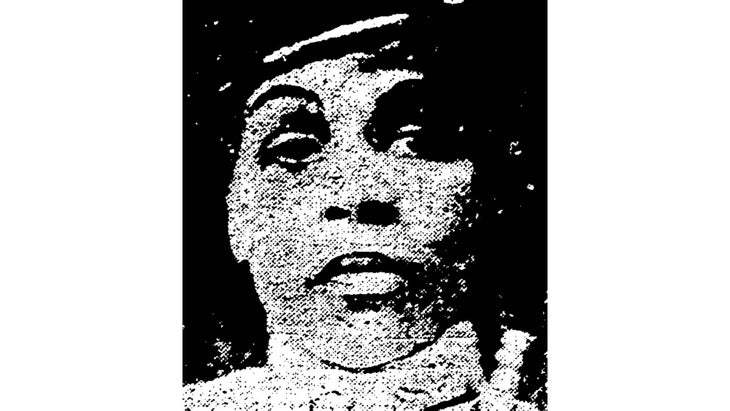
The African-American woman known as Mrs. La Birdla Shipp first appeared in print in San Bernardino, California, in 1906 as a “Hindoo Mystic” presiding over her own “Mystic Temple of Unity.” She soon adopted the name “Princess Ganesa” and appeared publicly adorned with “flowing robes of silk and lace” and “an embroidered circlet of jewels around her head” while claiming to be from Malwa, India. All signs point to the princess’ lectures and costumes being used as a front to promote a standard fortune-telling operation. For the second half of 1911, Princess Ganesa added the title “Yogini of India” to her name and operated a “School of Yoga Philosophy” in Oakland. There she gave lectures on such topics as “The Law of Karma” and “The Science of Breath.” Although her time in the public eye was brief, Princess Ganesa illustrates how confused the boundaries of race, legitimacy, and legality were in yoga’s early years in America.
4. Bhagwan Singh Gyanee
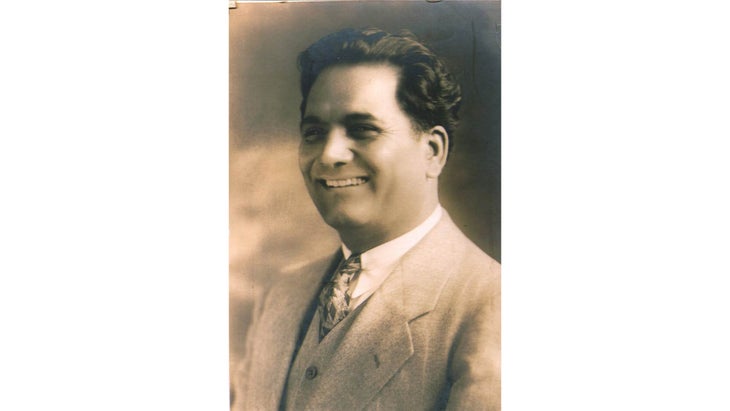 Image courtesy of South Asian American Digital Archive
Image courtesy of South Asian American Digital Archive
Born in the Punjab, India, in 1884, Bhagwan Singh was a self-taught scholar who committed himself in his mid-twenties to the revolutionary cause of overthrowing British colonial rule in India. To the ire of various governments, he used his position as a Sikh minister to give revolutionary speeches to groups in India, Hong Kong, Canada, and the United States. As a leader of the Ghadar Party, which sought to foment insurrection in India, he was convicted of subversive activities in 1917 after a large trial in San Francisco. He served a total of two years in prison. After his release, he embarked on a decades-long career as a traveling lecturer and teacher, initially calling himself “Yogi Bhagavan” and offering a combination of physical exercises, diet, and self-help psychology. He called his system “Humanology” or “The Science of Man.” After 50 years abroad and authoring over a dozen books, Bhagwan Singh returned to India in 1958. He passed away there 4 years later.
5. Yogi Rao
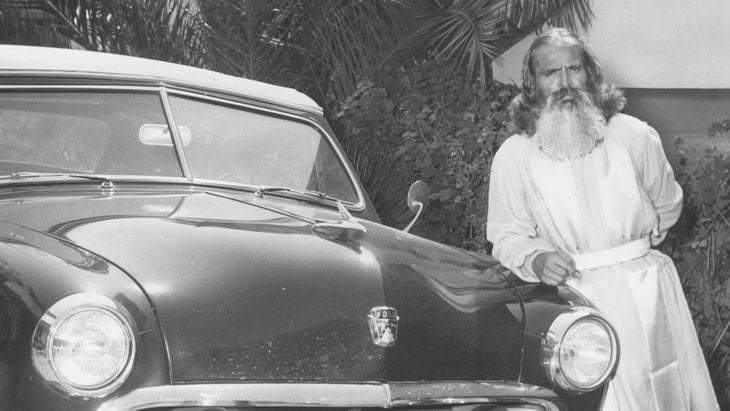 For several decades starting in the early 1930s, Lakshmanasandra Srikanta Rao worked around major cities in India as a stage magician with a routine that included eating glass and drinking poison. In 1951, he adopted the name “Yogi Rao” and went to the United States. In Hollywood, Yogi Rao’s students included celebrities such as the heiress Doris Duke—literally the richest woman in the world. As Duke was led through basic breathing exercises, postures, and changes in lifestyle and diet, newspapers had a field day speculating on the relationship between “The Heiress and The Yogi” as well as the gifts Duke gave to Rao. Scandalized, Yogi Rao left Hollywood and returned to India almost as quickly as he arrived. With the exception of a failed attempt to walk on water in 1966, he disappeared from the public eye.
For several decades starting in the early 1930s, Lakshmanasandra Srikanta Rao worked around major cities in India as a stage magician with a routine that included eating glass and drinking poison. In 1951, he adopted the name “Yogi Rao” and went to the United States. In Hollywood, Yogi Rao’s students included celebrities such as the heiress Doris Duke—literally the richest woman in the world. As Duke was led through basic breathing exercises, postures, and changes in lifestyle and diet, newspapers had a field day speculating on the relationship between “The Heiress and The Yogi” as well as the gifts Duke gave to Rao. Scandalized, Yogi Rao left Hollywood and returned to India almost as quickly as he arrived. With the exception of a failed attempt to walk on water in 1966, he disappeared from the public eye.
6. Yogi Hari Rama
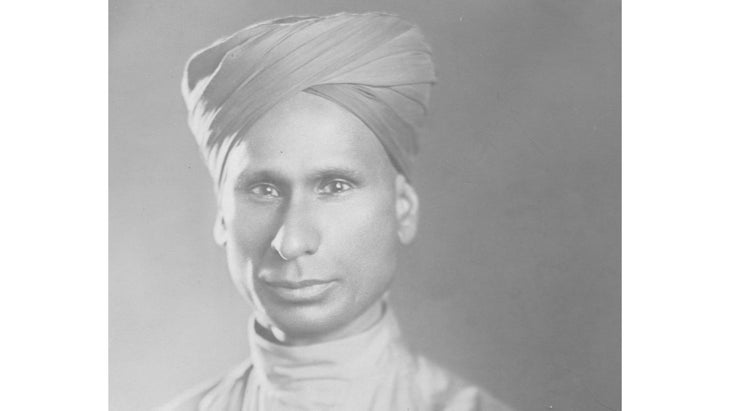
A Punjabi immigrant named Mohan Singh made national news in 1912 when he became the first Indian to become a licensed pilot. After several years of performing as a stunt flyer, Singh moved to Los Angeles, where he worked as a chauffeur and became naturalized. After being stripped of American citizenship and (possibly) losing his money in a failed investment scheme, Mohan Singh embarked on an audacious act of reinvention. He changed his public name to “Yogi Hari Rama” and cobbled together a system he called “Super Yoga Science” from lessons, lectures, and charts he freely borrowed from others. Yogi Hari Rama hit the road in 1925 and for three and a half years. He gave lectures across the country and amassed a staggering amount of money in the process. He then appointed 13 of his American student’s teachers of his Super Yoga Science, created The Benares League of America, and was never heard from again. For a few years, the Benares League was the largest yoga organization in the country.
7. William Walker Atkinson
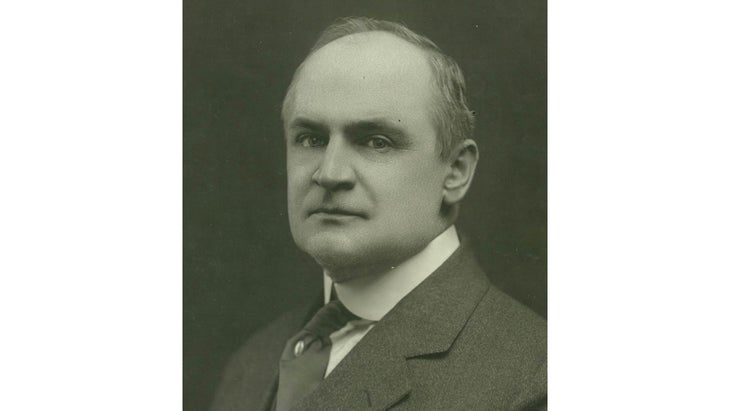 Perhaps the most significant early American yoga teacher was a Baltimore-born attorney named William Walker Atkinson. After experiencing a mental breakdown at the turn of the century, Atkinson found solace in the positive thinking school of New Thought. He promptly left the law to pursue a new career as a prolific New Thought author and exponent. Under the pseudonym “Yogi Ramacharaka,” Atkinson wrote 13 books on yoga between 1903 and 1909. The yoga offered by Ramacharaka was approachable and practical, an eclectic mix of self-help, positive thinking, theosophy, physical culture, and medical science. Quickly translated into other languages and distributed around the globe, these books influenced everything from the acting method of Konstantin Stanislavski, the practice of Reiki in Japan, and the writings of Carlos Castaneda. They even inspired a young woman later known as Indra Devi to travel to India and study yoga.
Perhaps the most significant early American yoga teacher was a Baltimore-born attorney named William Walker Atkinson. After experiencing a mental breakdown at the turn of the century, Atkinson found solace in the positive thinking school of New Thought. He promptly left the law to pursue a new career as a prolific New Thought author and exponent. Under the pseudonym “Yogi Ramacharaka,” Atkinson wrote 13 books on yoga between 1903 and 1909. The yoga offered by Ramacharaka was approachable and practical, an eclectic mix of self-help, positive thinking, theosophy, physical culture, and medical science. Quickly translated into other languages and distributed around the globe, these books influenced everything from the acting method of Konstantin Stanislavski, the practice of Reiki in Japan, and the writings of Carlos Castaneda. They even inspired a young woman later known as Indra Devi to travel to India and study yoga.
Conclusion:
7 Forgotten Early Yoga Teachers in America with Stories You’ll Want to Hear 7. Yogi Ramacharaka 7 Forgotten Early Yoga Teachers in America 7 forgotten early yoga teachers 7 forgotten yogis.
